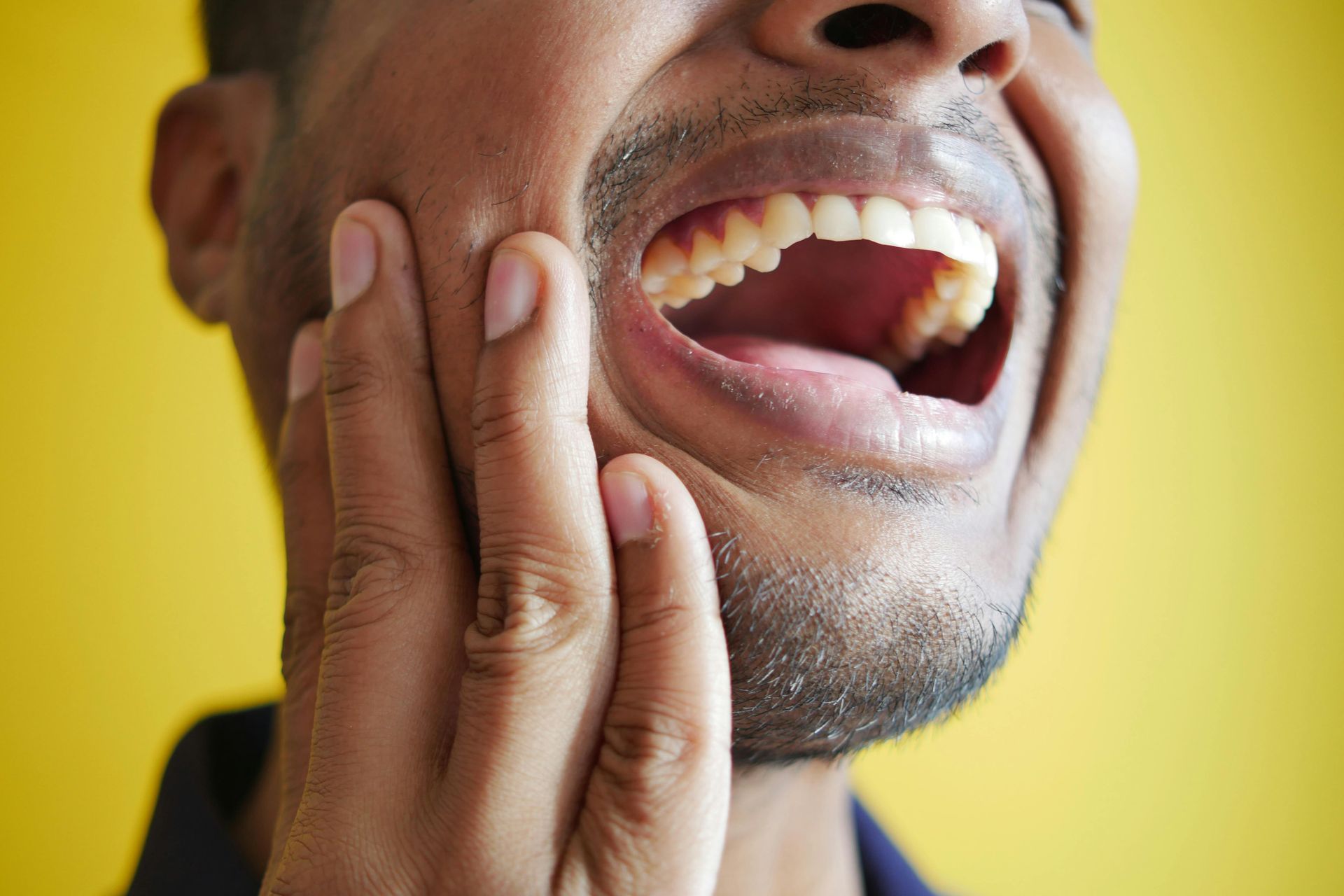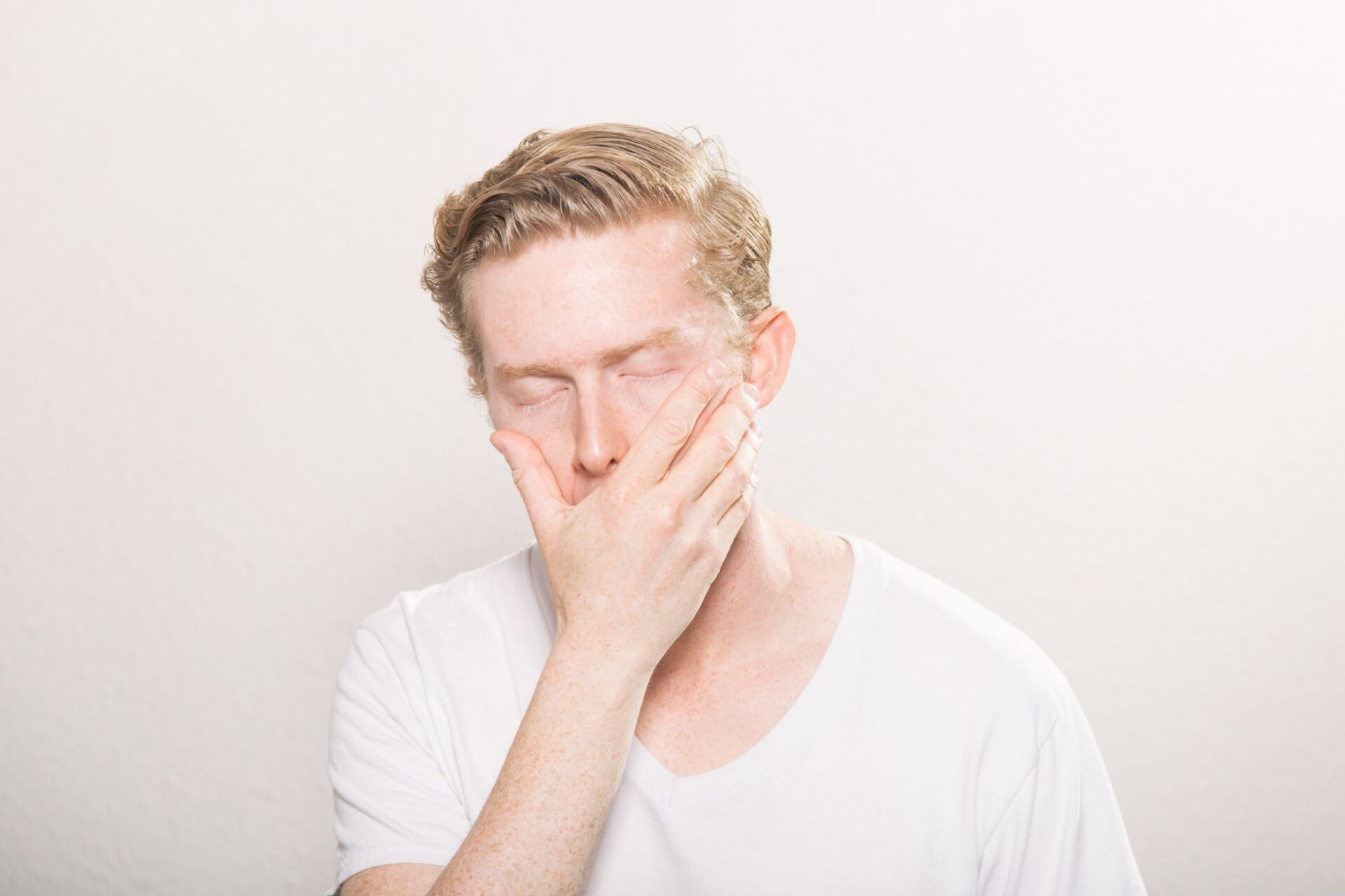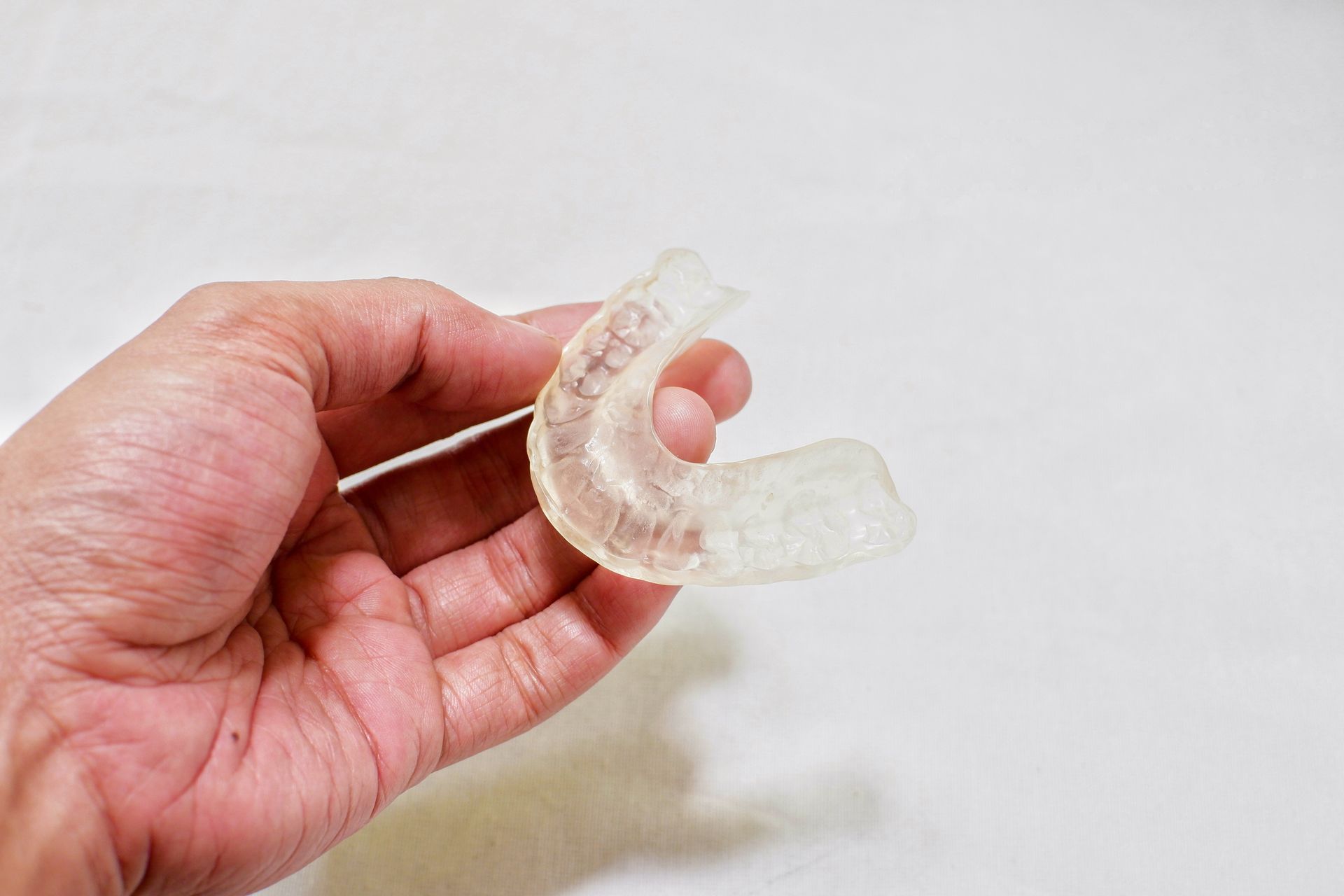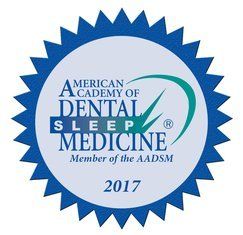Can Stress Cause TMJ Disorders?
People who suffer from TMJ disorder (TMD) are bound to question if stress and anxiety cause their TMD symptoms, or if TMD causes or exacerbates feelings of stress and anxiety. The answer, not surprisingly, is yes to both.
Due to the complexity of the temporomandibular joint (TMJ), along with the closely intertwined relationship among TMDs, stress, and anxiety, it’s natural to wonder if you will ever get relief from these interlinked ailments. Fortunately, TMD treatment from a TMJ specialist such Dr. Katherine Phillips can help you attain better overall health and well-being by relieving the pain and suffering as well as the stress and anxiety associated with TMD.
Can TMDs Cause Stress and/or Anxiety?
We’ve all experienced stress at some point in our lives. It’s a normal bodily reaction when changes occur—mentally, emotionally, or physically. With the brain playing a central role in the stress and pain processes, it makes sense that the pain and discomfort of a TMD, which is often pervasive and life-altering, is a powerful physical catalyst for stress.
Pain is intrinsically stressful. If you’ve experienced pain, and who hasn’t, it doesn’t take a stretch of the imagination to understand the magnitude of stress-associated pain, especially if it’s chronic or recurring and you don’t know if, when, or how it will be resolved.
Pain produces stress in everyday life. It impacts your ability to perform certain tasks and do the things you love, your ability to mentally focus and to be present, and even your ability to get an adequate, restful night’s sleep.
Anxiety, a feeling of fear, worry, or unease, is related to stress. Since anxiety serves as a strategy for anticipating and neutralizing threats that we face, our bodies react to stressors with feelings of anxiety. If you suffer from TMD symptoms, just the onset of a flare-up can make you feel uneasy, anxious, and worried about how long it will last and just how bad the pain will become.
Common symptoms of stress include: Headaches or migraines, muscle tension, face, neck, shoulders and/or back aches, and difficulty sleeping, to name a few. Symptoms such as headaches, neck and shoulder pain, and others are also caused by TMD.
Common anxiety symptoms include: Dizziness, feeling light-headed, panic attack with heart palpitations, sweating, trembling, ringing in the ears, and an overwhelming feeling of dread and impending doom. Of these, symptoms such as dizziness or vertigo and tinnitus (ringing in the ears) are also associated with TMD.
So, as you can see, the age-old question, “Which came first, the chicken or the egg?” applies to TMD, stress, and anxiety. And with shared symptoms, it is common to mistaken one cause for the other.
What About Stress Causing TMJ Pain?
How to Get Relief from TMD/Jaw Pain Due to Stress
Stress management techniques should help reduce TMD symptoms and jaw pain, but is there anything else you can do to get relief? Below are a few examples of effective ways to address the discomfort.
Massage.
Massaging your jaw may help increase blood flow and reduce muscle tightness. Try this by opening your mouth and gently rubbing the muscles in a circular motion next to your ears where the temporomandibular joints are located. Perform this massage several times throughout the day, when you awaken, and right before bed time.
Hot and cold compress.
Apply an ice pack to the affected side of your face,temple, and jaw muscle area for around 10 minutes, then do a few simple jaw stretches if your TMD doctor approves. Afterward, hold a warm towel or washcloth to the side of your face for about five minutes. Perform this routine a few times each day until symptoms and pain subside.
Over-the-counter pain relievers.
Non-prescription medications are typically a first-line treatment for TMJ-related pain. The two main categories of commonly used pain relievers are acetaminophen and nonsteroidal anti-inflammatory drugs (NSAIDs). Always consult with your doctor before taking any over-the-counter medication, including pain medications and supplements.
Jaw opening exercises.
Repeat small mouth-opening and closing movements several times. Next, place your fingers gently on the top of your front four bottom teeth and slowly pull down until you feel a slight discomfort on the tight side of your jaw. Hold for 30 seconds then slowly release your jaw back to the starting position.
Splint therapy.
The methods listed above provide relief to the painful, aggravating symptoms of TMD and they are often are a part of a well rounded treatment plan. True TMJ disorders also need to address the underlying cause of the symptoms, not just relief of symptoms themselves. Splint therapy is one of the most effective, conservative, and research-based treatments available to rehabilitate the transmandibular joint for long term success and lasting relief.
Get Diagnosed to be Certain
The complicated relationship among TMJ disorder, stress, and anxiety makes it challenging to unravel the symptoms and treat TMD. If you suffer from TMD symptoms, make an appointment to see Dr. Katherine Phillips. Holding a Master of Science in Orofacial Pain and as a board-certified Houston, TX area tmj specialist, her practice is solely dedicated to treating TMJ and sleep disorders. She will develop a customized treatment plan using various treatment modalities to best meet your individual needs aimed at providing results that are both fast and effective.
Contact Us Today For A Consultation!
Contact Us
Thank you for reaching out to us at REstore TMJ and Sleep Therapy. We look forward to helping you. We will follow up within 24 hours for contact requests received during normal office hours Monday – Thursday. If you have submitted a request later in the day on Thursday – Sunday, we will follow up on Monday. If you would like to talk to us before we can get to your request, please feel free to give us a call at 281-296-6797 Monday – Thursday 8am – 4:30pm. Have a great day!
Regards,
Dr. Katherine Phillips and Staff
Please try again later.
REstore TMJ & Sleep Therapy P.A.
1001 Medical Plaza Drive,
Suite 200 | The Woodlands, TX 77380
281-296-6797
Dr. Phillips serves TMJ & Sleep patients in: The Woodlands TX | Spring TX | Conroe TX Tomball TX | Cypress, TX | Houston, TX | Kingwood TX | Humble, TX | Katy TX
© 2023 by REstore TMJ & Sleep Therapy | Terms Of Service & Privacy Policy | XML Sitemap
-2700x842-1920w.png)

















